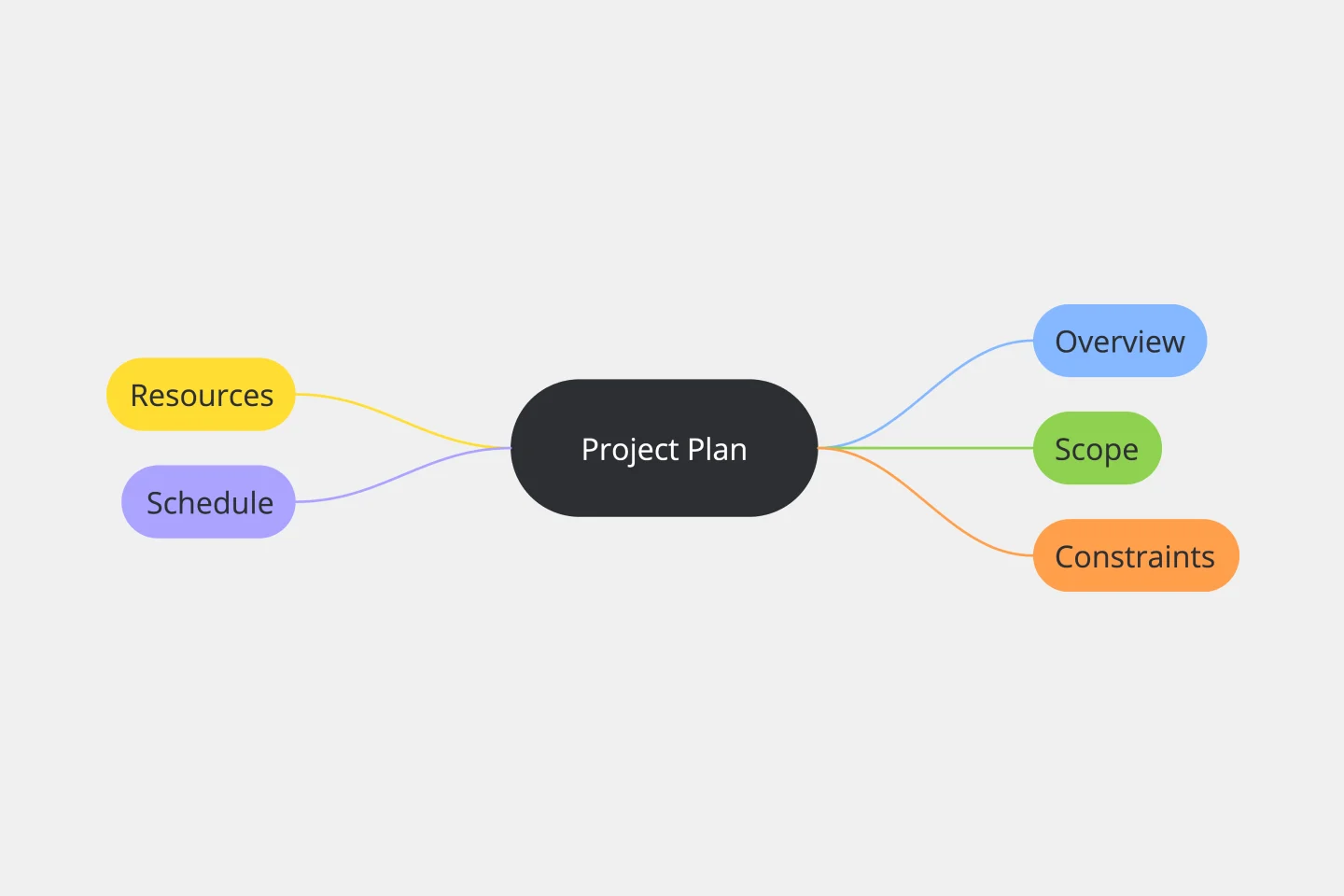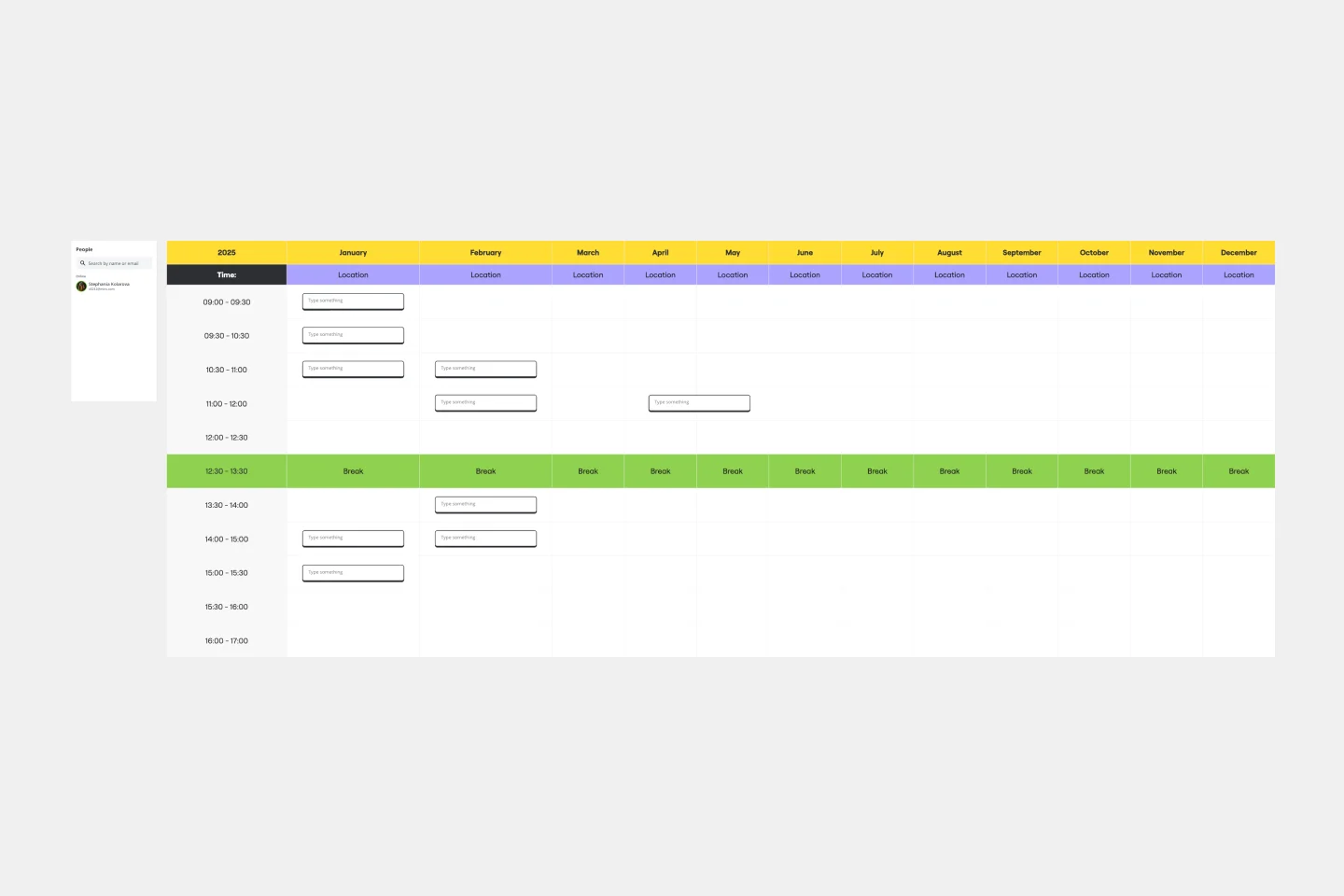About the Syllabus Template
A Syllabus is a brief description of your course that sets your students up for success. It lets your students know what to expect from the course, including required readings, policies and procedures, and a description or mission statement.
The syllabus is a north star and a contract. It guides your students so they can plan for the course they’re taking, but it also serves as an agreement between the students and the instructor. By codifying your class rules, policies, and procedures in a syllabus, you’re giving everyone a single source of truth they can refer to later, and you’re setting the expectation that both you and your students will adhere to the policies you lay out.
In some cases, students tend to overlook or skip over the syllabus because they find it confusing, they don’t think it’s useful, or they simply don’t want to read it. However, when students fail to read the syllabus, that can lead to confusion or grade disputes later on in the course. To ensure your students read the syllabus, it’s important for your syllabus to be clear and easy to follow.
Why use a Syllabus?
Whether you’re teaching a course for the first time or the hundredth time, a syllabus is an important introduction to you and your class.
Think of a syllabus as a contract between you and your students. The document lays the groundwork for what students can expect from the course, including policies and procedures they should adhere to, material they will learn, readings they are responsible for, and the overall goal of the course. At the same time, the syllabus also lays out what they can expect from you as an instructor, including communication style, grading policies, and your approach to the material.
Use a syllabus to make sure you and your students are on the same page about the course, and so they know what they need to do to succeed. Throughout the course, you and your students can refer back to the syllabus to answer any questions about readings, policies, or assignments.
When to use a Syllabus
Use a Syllabus any time you want to outline course policies, procedures, and guidelines to set your students up for success.
Create your own Syllabus
Start with a course description. It’s helpful for students to know what the course is about and what you will cover over the semester, term, or year. The course description should include a brief mission statement to orient your students around the course objectives. What can your students expect to get out of the course? What will they know at the end? Are there skills they will acquire?
List any prerequisites or corequisites for the course, including any knowledge your students should have as a baseline before signing up for the course.
List any required textbooks or other materials students should have on hand to complete the course. If possible, tell your students where they can go to find or purchase the materials they need.
Spell out any attendance requirements. If the course is graded, be specific about whether absence or tardiness will impact the student’s grade. If you require any documentation to excuse absences, let your students know in advance.
Describe how students’ performance will be evaluated in this course. Will they be graded? How so? What assignments will you give? How many points is each assignment worth? Is there a rubric? Be as explicit as possible to avoid confusion going forward. This also decreases the chance of experiencing a grade dispute when the course is finished.
Explain any course policies or procedures. How should students submit their assignments? What is your policy on late work? What is your academic integrity policy? Is there a plagiarism policy, and what does that look like?
Create a course calendar to give your students an idea of how they should plan for the semester. It’s okay if you don’t know everything that you’ll cover during the course. Don’t be afraid to build some flexibility into the calendar, adding in flex weeks or simply putting in “TBD” to account for schedule changes.
Include all relevant contact information: your office number, phone number, and email address. Be explicit about how you prefer your students to contact you. If you have office hours, then list the date and time.

Miro
Your virtual workspace for innovation
Miro is an innovation workspace designed for teams of every size, everywhere, to dream, design, and build the future together. Our mission? To empower these teams to create the next big thing, powered by AI at every step of the way. Over 90 million users around the world rely on Miro to untangle complex ideas, put customer needs first, and deliver products and services faster. All supported by best-in-class security, compliance, and scalability.
Categories
Similar templates
Mandala Chart Template

Mandala Chart Template
The Mandala Chart Template helps you visualize the relationships between a central theme and its sub-themes. One of the key benefits is how it fosters a holistic understanding of any topic. This perspective ensures every detail is noticed, making it an invaluable asset for those aiming for comprehensive insight and thorough planning or a better understanding of their goals.
Project Planning Mind Map

Project Planning Mind Map
The Project Planning Mind Map Template offers clarity and strategic insight for efficient project management. Its intuitive color-coding functionality makes it easy for your team to navigate complex details easily. You can assign distinct colors to different project elements, promoting efficient decision-making and collaboration. With our mind map template, project planning becomes a seamlessly visual and insightful experience.
Monthly Schedule Template

Monthly Schedule Template
The Monthly Schedule Template is a flexible tool for long-term planning. It allows you to organize events, projects, and personal activities. You can easily adjust to accommodate changing priorities, unforeseen events, or long-term goals. This ensures sustained productivity and goal achievement.
Weekly Schedule Template

Weekly Schedule Template
The Weekly Schedule Template is a powerful tool that makes it easy for users to manage their time effectively. Specifically designed for weekly planning, this template provides a visual guide for organizing tasks, events, and activities. Its most notable feature is its ability to prioritize and allocate time systematically throughout the week. This unique flexibility ensures that users have a comprehensive overview of their schedule and can adjust it as needed to meet changing priorities and goals. With this template, people can achieve a well-organized and balanced week, promoting increased productivity and focus.
Mandala Chart Template

Mandala Chart Template
The Mandala Chart Template helps you visualize the relationships between a central theme and its sub-themes. One of the key benefits is how it fosters a holistic understanding of any topic. This perspective ensures every detail is noticed, making it an invaluable asset for those aiming for comprehensive insight and thorough planning or a better understanding of their goals.
Project Planning Mind Map

Project Planning Mind Map
The Project Planning Mind Map Template offers clarity and strategic insight for efficient project management. Its intuitive color-coding functionality makes it easy for your team to navigate complex details easily. You can assign distinct colors to different project elements, promoting efficient decision-making and collaboration. With our mind map template, project planning becomes a seamlessly visual and insightful experience.
Monthly Schedule Template

Monthly Schedule Template
The Monthly Schedule Template is a flexible tool for long-term planning. It allows you to organize events, projects, and personal activities. You can easily adjust to accommodate changing priorities, unforeseen events, or long-term goals. This ensures sustained productivity and goal achievement.
Weekly Schedule Template

Weekly Schedule Template
The Weekly Schedule Template is a powerful tool that makes it easy for users to manage their time effectively. Specifically designed for weekly planning, this template provides a visual guide for organizing tasks, events, and activities. Its most notable feature is its ability to prioritize and allocate time systematically throughout the week. This unique flexibility ensures that users have a comprehensive overview of their schedule and can adjust it as needed to meet changing priorities and goals. With this template, people can achieve a well-organized and balanced week, promoting increased productivity and focus.